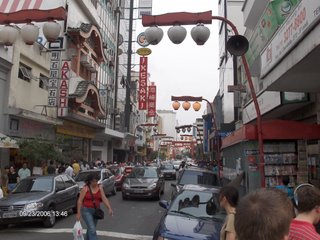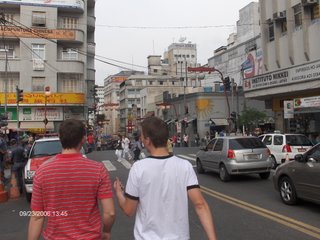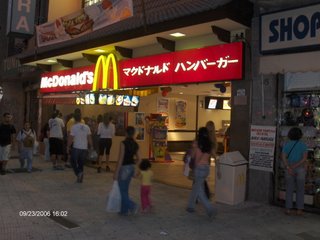Pequeno Japão: A Taste of Dekasegi Culture
Brazil has the largest Japanese population in Latin America and the greatest number of ethnic Japanese living outside Japan (3.5 to 4m in Brazil vs. about 800,000 in the US). The Japanese-Brazilians first arrived as farm laborers in the early 20th century, but during World War II Brazil severed relations with Japan, and Japanese-language newspapers and school were outlawed. After the war, though, many refugess came to Brazil and the size of the community grew markedly. Special names exist for each generation of descendants: nisei refers to the first generation and sansei is used for the second generation, the immigrants' grandchildren. At the same time that they retain their ethnic identities, the Japanese-Brazilians are very Brazilian. In Japan they are called dekasegi, which translates roughly to "working away from home." The Japanese-Brazilian population in Japan is also the largest Portuguese-speaking group in Asia, surpassing numbers in the communities of Timor Leste, Macau and Goa.
This weekend I went to Liberdade, São Paulo's Japanese neighborhood, which was somewhat reminiscent of San Francisco's Japantown. In spite of the fact there are more Japanese-Brazilians than Japanese-Americans, their ghetto was smaller than San Francisco's. When we were getting out of the Metro, there was a political or community meeting with a Brazlian who had a translator for the people. We arrived a little late for lunch, and missed many of the sushi restaurants, which close around 2 PM. Still, we found a couple little places that were still open and got a good feel for the neighborhood.
This street is full of stores with Japanese goods, including a great selection of rice cookers, sushi dishes, groceries and such.
Metró Liberdade
Some things are very American.
1 comment:
How odd. Nisei means second generation here in the States.
Post a Comment